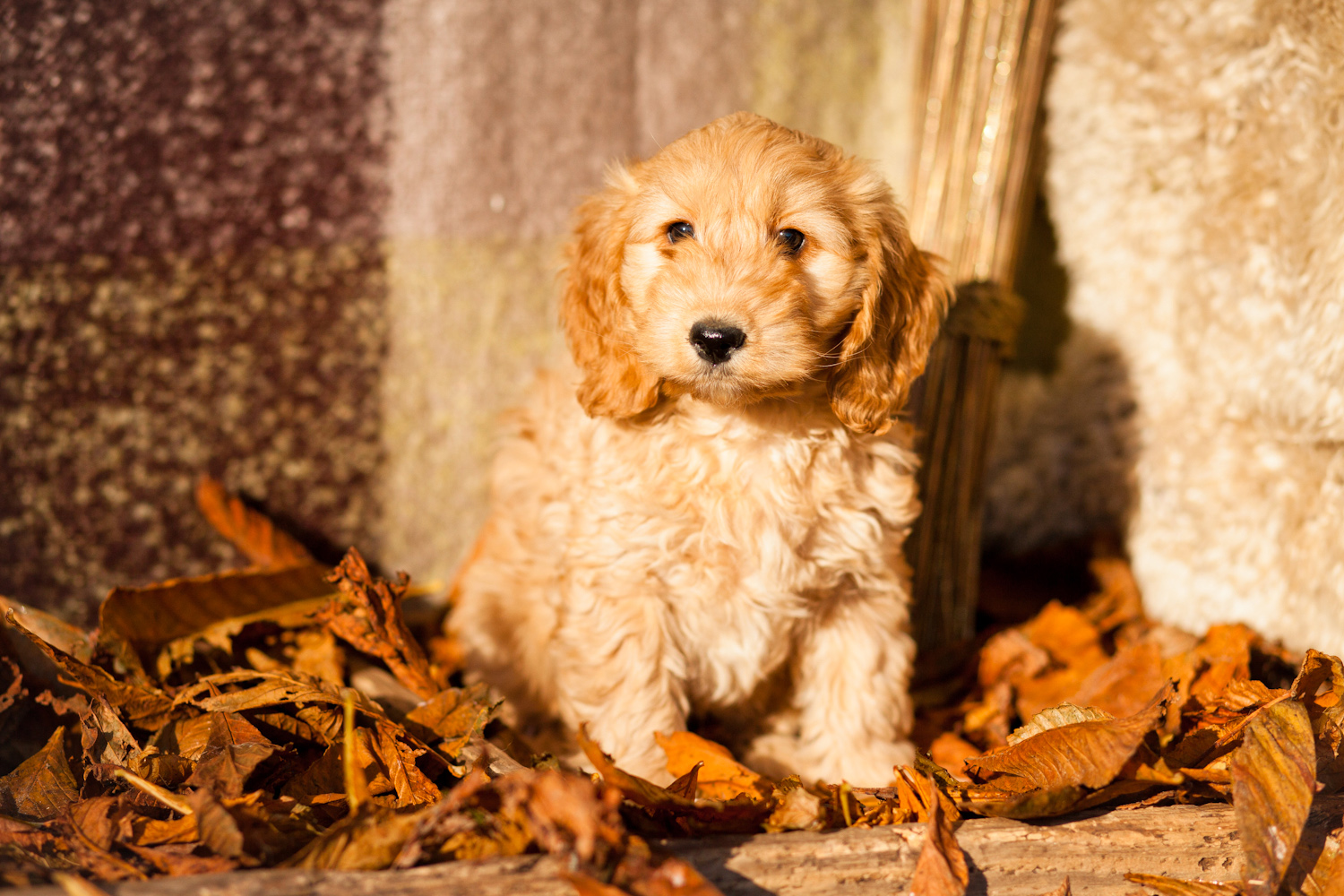Dogs are all entertaining and make for wonderful companions. There are, though, those common misconceptions about them all as a whole. Dog owners that have lost a pet or those that are just seeking to get a dog for their home, as an alarm system or such, want to know pedigree or cross breed?
Pedigree is simply known as a purely bred pup. No mixture was at play when breeding the animal. Cross breed is well, a cross bred dog. Some say that pedigrees are more costly because they have fully healthy immune systems (have a look at some of the purebred puppies here), their bodily functions rarely give them trouble and in all honesty, they deliver the owner more years of companionship, the do live longer. Cross bred pets are more on the shaky side, they are still definitely loved, but tend to live less, given the whole cross breeding and all.
The genetics are the main thing to look at. They say that the larger and more physical the dog, even if cross bred has a bigger chance of surviving longer than the less active, smaller, vulnerable pets. Pure bred are always genetically normal which means that their bodies will do exactly like the breed of dog they came from has done. Never misconceive that a cross bred pup will have more similarities to one of its parents and less similarities to the other. The fact that it is split, the genetics that is, from both parents, their bodies are at a constant duel between which one gets to have fun that day, the mama’s genes or the father’s genes? This, in a sense, makes these cross bred dogs truly unstable and at a constant turmoil with themselves without the actual dog even at the knowledge that such a conflict is going on within its body.
Mixed genetics means weaker genes. Take the example with fruit, you can mix two completely different seeds and create a whole new food, but take that newly mixed fruit and try to plant that on its own, you will not get so much as a stub of a partly new grown fruit. At times, it can be successful, but it is rare to see it happen. Same with the dog, if you have two completely different seeds, which in this case is dog breeds, and you plant/cross-breed them together, you result in an unstable fruit/pup.
Designer dogs, also known as hybrid dogs or mixed breeds, are created by crossing two purebred dogs to create offspring with desired traits. Here are some fun facts about designer dogs:
- Origin: Designer dogs became popular in the late 20th century as people began crossing different breeds to achieve specific characteristics. The intention was to create dogs with the best traits of both parent breeds.
- Unique Names: Designer dogs often have unique names that combine the names of both parent breeds. For example, the Labradoodle is a cross between a Labrador Retriever and a Poodle, and the Cockapoo is a mix of a Cocker Spaniel and a Poodle.
- Hypoallergenic Qualities: One of the main reasons for creating designer dogs was to develop hypoallergenic breeds. Poodle mixes, such as the Labradoodle and Goldendoodle, are known for their hypoallergenic coats, which shed less and produce fewer allergens.
- Varied Sizes: Designer dogs come in a wide range of sizes. Some are bred to be small and portable, like the Maltipoo (Maltese and Poodle mix), while others can be larger and more robust, like the Bernedoodle (Bernese Mountain Dog and Poodle mix).
- Popularity: Designer dogs have gained immense popularity due to their unique appearances and desirable traits. They often combine the best qualities of both parent breeds, making them appealing to many dog lovers.
- Celebrity Pets: Many celebrities own designer dogs, which has further increased their popularity. Some notable examples include Jennifer Aniston with her Welsh Corgi and Dachshund mix, and Miley Cyrus with her Alaskan Klee Kai.
- Health Considerations: While designer dogs can inherit desirable traits from their parent breeds, they may also inherit health issues. It’s important for breeders to carefully select parent dogs and conduct health screenings to minimize potential health problems.
- No Two Alike: Each designer dog is unique, even within the same litter. Their appearance and temperament can vary widely, depending on the combination of genes inherited from their parent breeds.
- Adaptability: Designer dogs often exhibit a high level of adaptability and can fit well into different types of households. They can adapt to various living conditions and are known for their ability to get along well with families, singles, and seniors alike.
- Working Designer Dogs: While many designer dogs are primarily companion animals, some have been successfully trained to perform specific tasks. For example, the Goldendoodle is often used as a therapy or assistance dog due to its intelligence and hypoallergenic coat.
Remember, when considering a designer dog, it’s important to research both parent breeds to understand their traits, care requirements, and potential health concerns.
So the reason why you should devote more money to the pedigree is because they do essentially give you more than you think. They will live longer, be more active, and offer the same love or even more so, than a cross bred. Because cross breed dogs die early, this is a reason NOT to give money to endorse such cruelty toward creation. Be the cause to not harm a new born just to die early. Do not look at this situation as spending more money, consider it something of an investment for good. The good that you will receive and maintain a healthy pooch and the good that comes from you boycotting the next cruel creature experiment.

